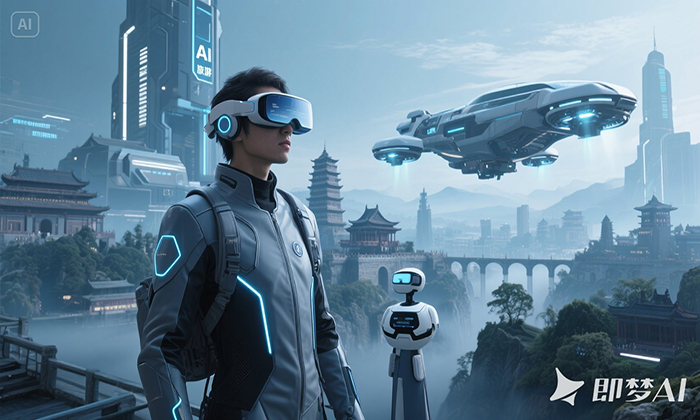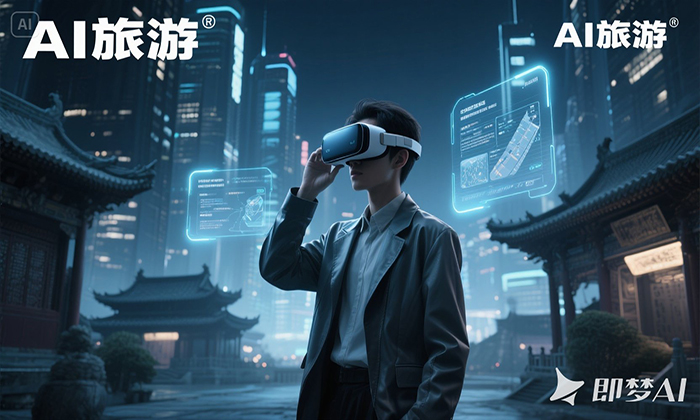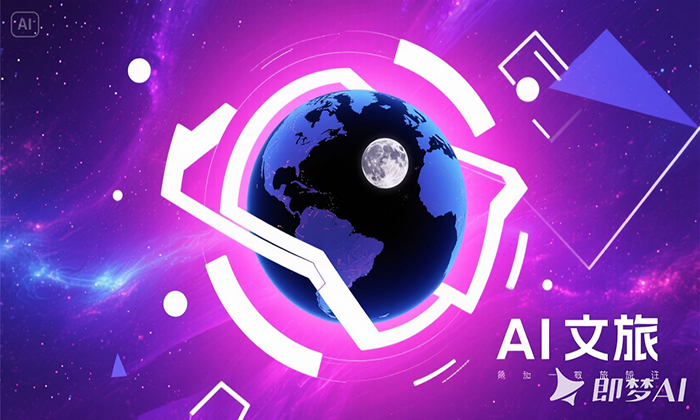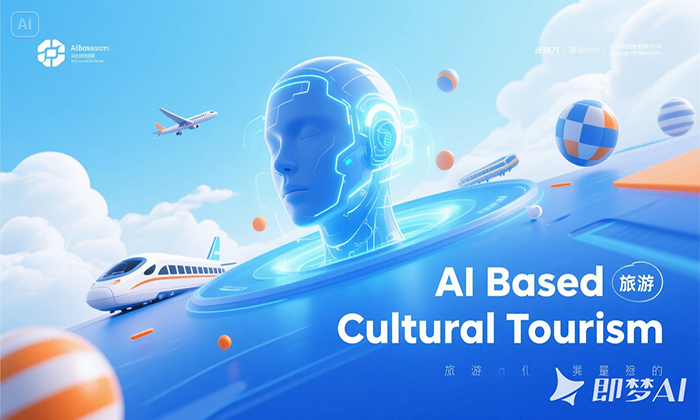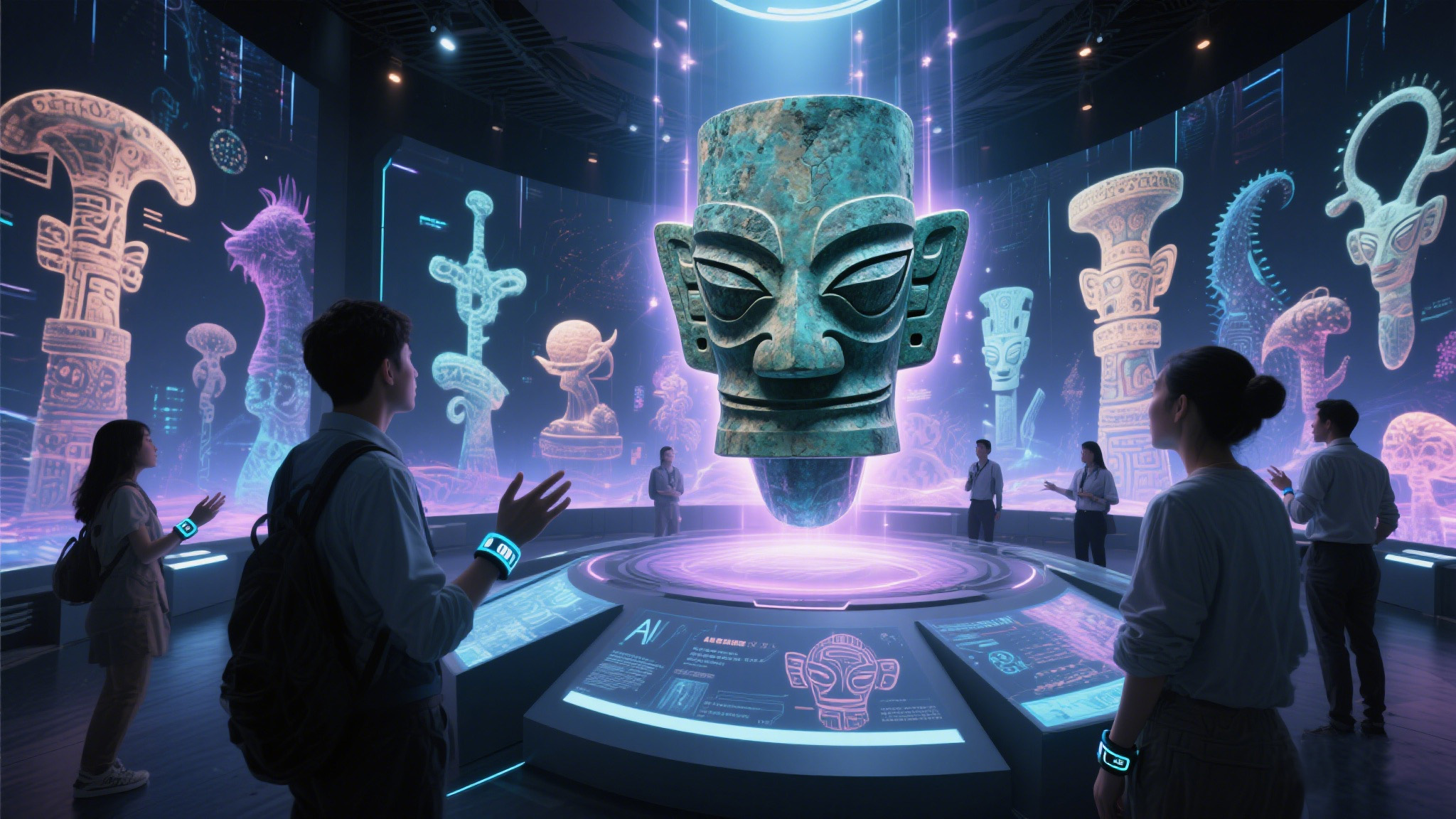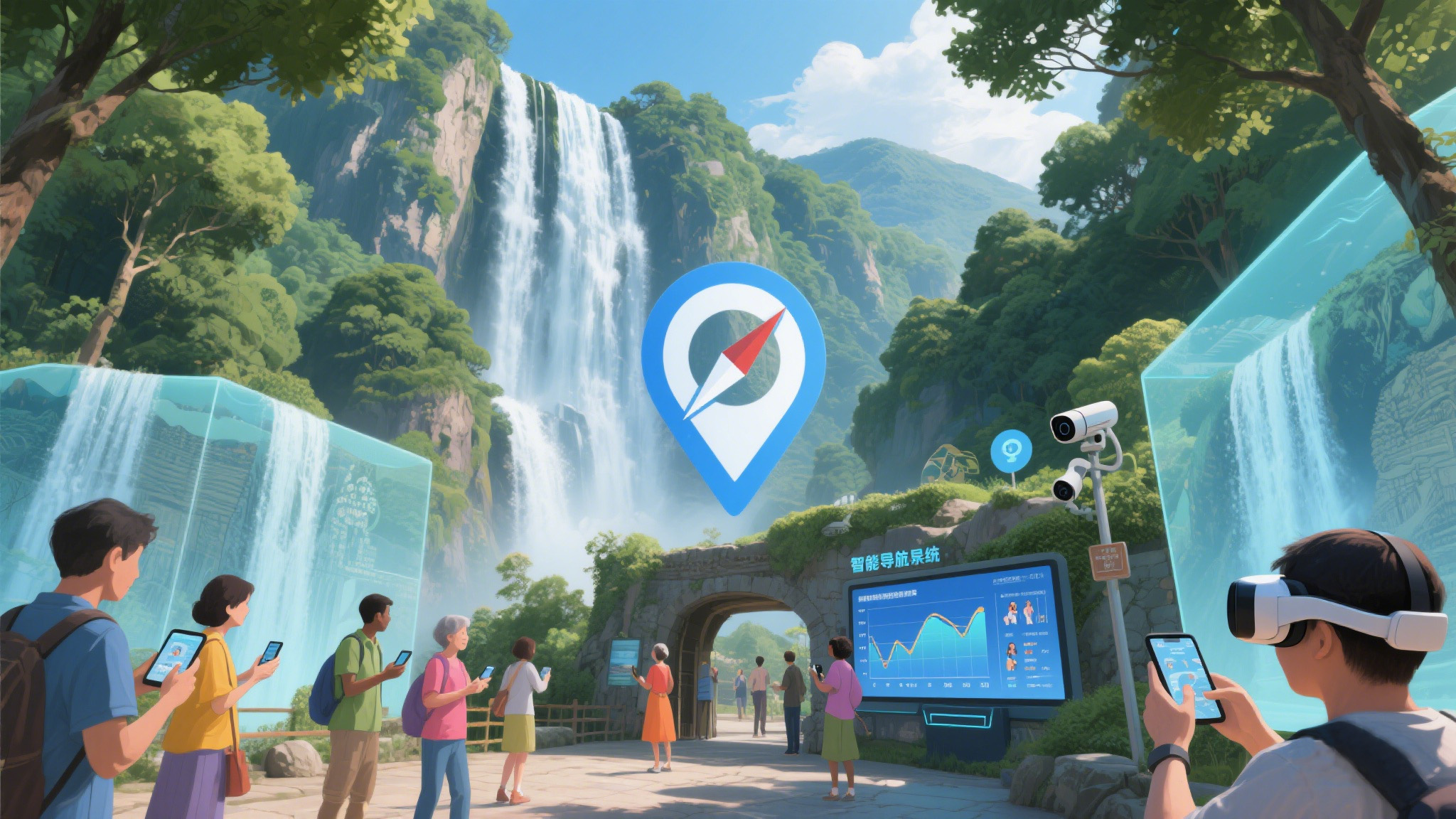The Rise of AI in Cultural Tourism: Transforming Travel Experiences
Introduction
The integration of Artificial Intelligence (AI) into cultural tourism is revolutionizing the way people explore and engage with heritage sites, museums, and destinations worldwide. By leveraging AI technologies such as machine learning, natural language processing, and augmented reality, the tourism industry is creating personalized, immersive, and accessible experiences for travelers. This article explores the transformative impact of AI on cultural tourism, highlighting key applications, benefits, and future trends.
1. Personalized Travel Experiences
AI-powered platforms analyze user preferences, past travel behavior, and real-time data to offer tailored recommendations. For example, apps like Google Travel and Hopper use AI to suggest customized itineraries, accommodations, and activities based on individual interests. In cultural tourism, AI chatbots and virtual assistants provide instant, multilingual guidance, helping tourists navigate historical sites with curated insights.
Moreover, AI-driven recommendation engines enhance museum visits. Institutions like the Louvre and the British Museum employ AI to suggest exhibits aligned with visitors' preferences, optimizing their time and engagement.
2. Augmented and Virtual Reality (AR/VR)
AI-enhanced AR/VR technologies bring cultural heritage to life. Tourists can use AR apps to overlay historical reconstructions onto ruins, such as the Colosseum in Rome or Pompeii, visualizing ancient structures in their original splendor. Meanwhile, VR headsets enable virtual tours of inaccessible sites—like the Lascaux Caves in France or Machu Picchu in Peru—offering immersive experiences without physical travel.
AI also powers interactive exhibits. For instance, China’s Forbidden City uses facial recognition and AI to create dynamic, personalized storytelling experiences for visitors.
3. Language and Accessibility Breakthroughs
AI eliminates language barriers through real-time translation tools like Google’s Pixel Buds or iTranslate, enabling seamless communication for international tourists. Additionally, AI-driven sign language interpreters and audio descriptions make cultural sites more inclusive for travelers with disabilities.
4. Sustainable Tourism and Crowd Management
AI helps mitigate over-tourism by analyzing visitor data to predict peak times and redistribute foot traffic. For example, Amsterdam’s city planners use AI to monitor crowds and suggest alternative routes, preserving fragile heritage sites. AI also optimizes energy use in hotels and museums, contributing to sustainable tourism.
5. Preservation and Research
AI aids in the digital preservation of文化遗产. Machine learning algorithms restore damaged artifacts or predict erosion risks for monuments. Projects like Google’s Art & Culture use AI to catalog and analyze artworks, uncovering hidden details or attributions.
Challenges and Ethical Considerations
Despite its benefits, AI in cultural tourism raises concerns about data privacy, algorithmic bias, and the loss of human touch in guided experiences. Balancing technology with authentic cultural interpretation remains critical.
The Future of AI in Cultural Tourism
Emerging trends include AI-powered holographic guides, emotion-sensing interfaces, and blockchain for ticketing. As AI evolves, it will further blur the lines between physical and digital travel, making cultural exploration more engaging and accessible.
Conclusion
AI is reshaping cultural tourism by offering personalization, immersion, and sustainability. While challenges exist, responsible adoption of AI promises to enrich global travel experiences, ensuring文化遗产 is preserved and appreciated by future generations. The journey has just begun.







